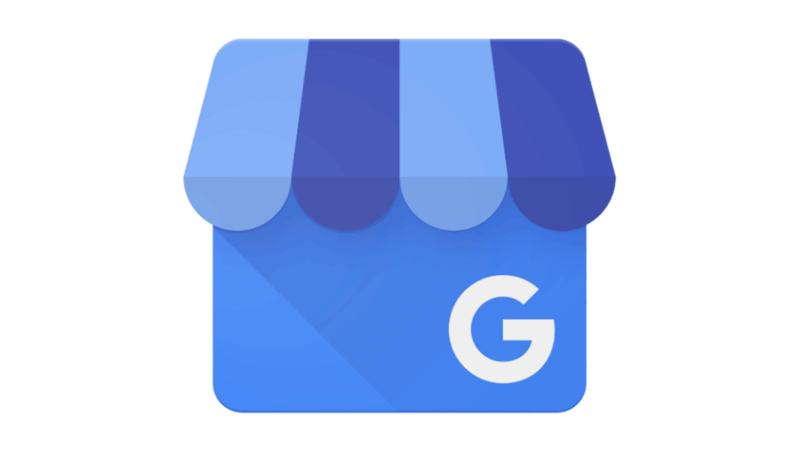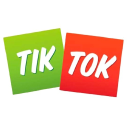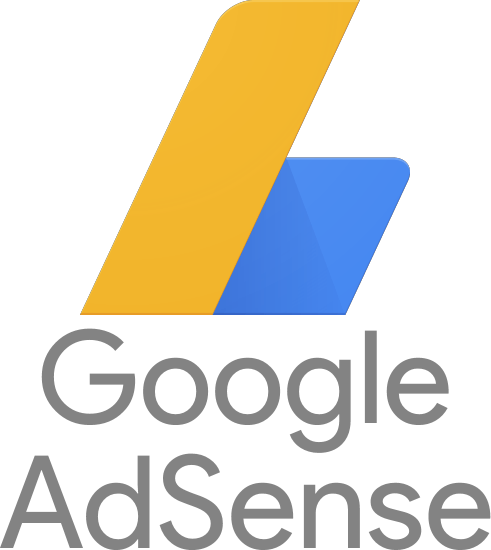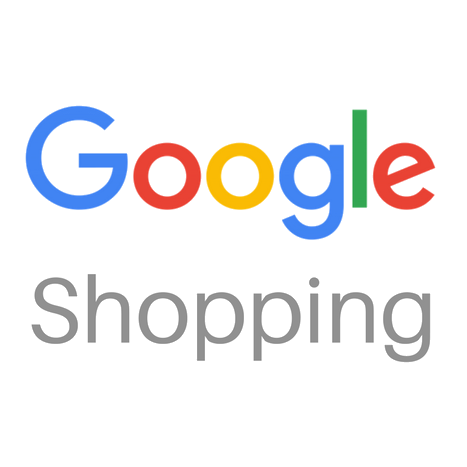How A Nonprofit For Children In Poverty Turned Into A $500k/Year Biomedical Startup
Hello! Who are you and what business did you start?
I’m Diana Hall, the founder of ActivArmor. We make 3D printed casts and splints out of waterproof plastic that is custom designed for each patient’s unique healing needs and lifestyle.

Our mission is to improve people’s quality of life while they are healing. Our casts allow patients to do all the things they can’t do with a traditional cast on - sweating, swimming, showering - from basic hygiene practices to wet and dirty activities and sports.
We sell our casts directly to people that need splints for things like carpal tunnel, as well as to those with fractures, with a prescription. We also sell to doctors and hospitals as a wholesaler.
Today we have partnering doctors and hospitals across the United States as well as international partnerships in Canada, South Africa, Europe, Australia, and the Middle...

Download the report and join our email newsletter packed with business ideas and money-making opportunities, backed by real-life case studies.

Download the report and join our email newsletter packed with business ideas and money-making opportunities, backed by real-life case studies.

Download the report and join our email newsletter packed with business ideas and money-making opportunities, backed by real-life case studies.

Download the report and join our email newsletter packed with business ideas and money-making opportunities, backed by real-life case studies.

Download the report and join our email newsletter packed with business ideas and money-making opportunities, backed by real-life case studies.

Download the report and join our email newsletter packed with business ideas and money-making opportunities, backed by real-life case studies.

Download the report and join our email newsletter packed with business ideas and money-making opportunities, backed by real-life case studies.

Download the report and join our email newsletter packed with business ideas and money-making opportunities, backed by real-life case studies.



























